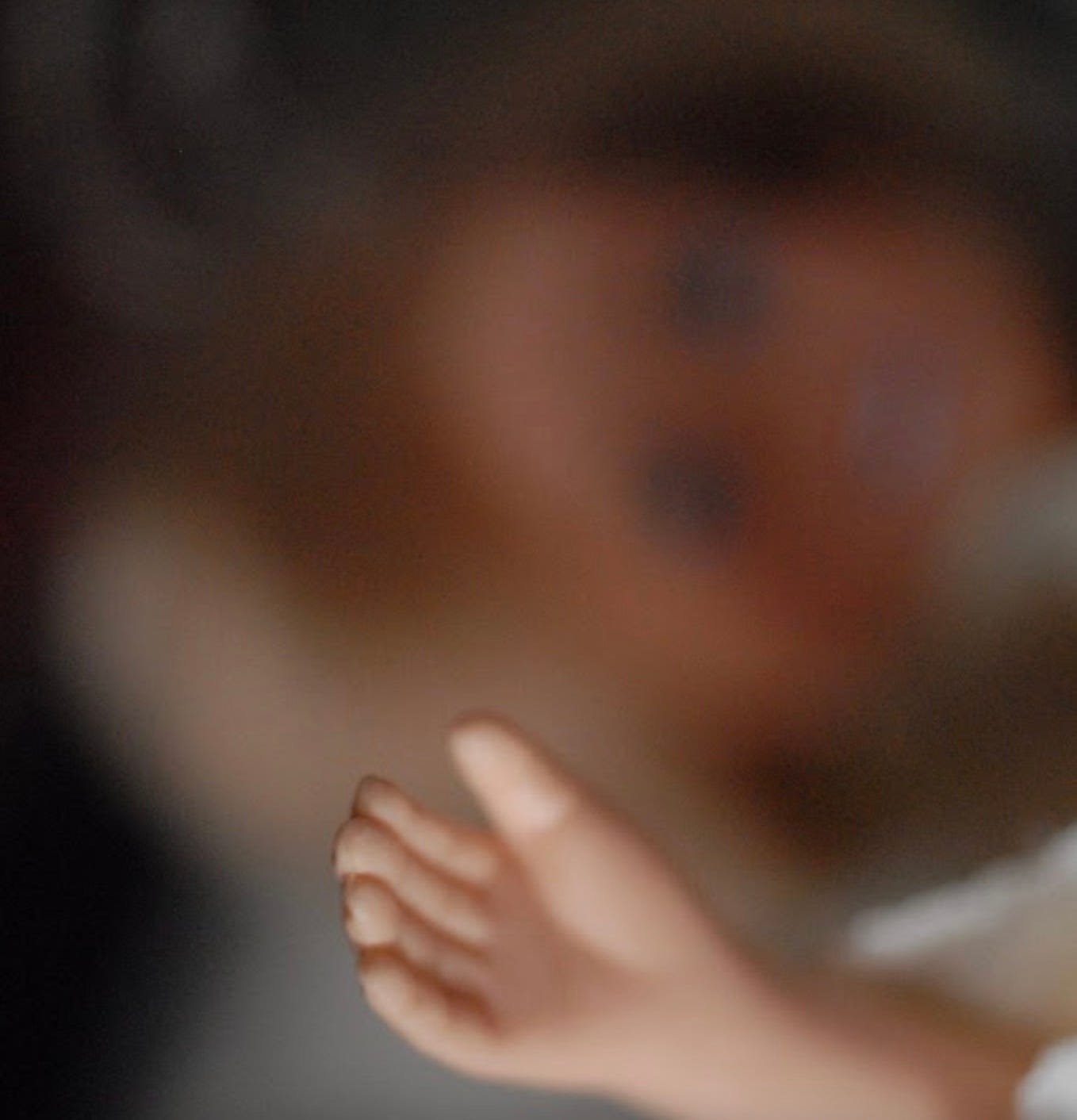Voice Rest, Day One
So today is my first day of vocal rest. I sang “Hush, Little Baby” to Amelia last night. She and I talked about how it would be a week before…

Because of the movie––I assume––someone tweeted this post of mine entitled “Barbie” from 2009. Drawn by the image Katryna had taken for it, a disembodied delicate doll hand (see below), I re-read the post after Tom and I went to see Greta Gerwig’s astonishing film about a doll who must visit the Real World in order to save herself from flat feet and cellulite.
Of course that’s not really what the film is about, but what woman born in the ‘60s could possibly resist a Gerwig/Baumbach treatment of that iconic, maddening, perfect representation of our twisted ideas of what girls were supposed to aspire to be? Not me. Initially, Tom was reluctant to go. (His exact words were “I will never ever watch that movie.”) But after Amelia and Lila wore him down by testifying to its powerful messages about toxic masculinity, and even 14-year-old Johnny gave it a 6 out of 10 (=extremely high rating from him), Tom was persuaded to accompany me.
As I wrote in 2009, I adored Barbie from the moment I met her around age 5. The movie’s opening––showing how for eons, little girls were given baby dolls, how their dramatic play involved them being mothers to these babies–– made me understand exactly why Barbie was so appealing to me. Yes, Barbies were awesome because they were just plain better dolls than those cheap dollhouse dolls whose limbs wouldn’t move. Everyone appreciates a good tool, and Barbies were good tools. But more importantly, when I played with a baby doll, there was really only one narrative: I was the mother, the doll was a helpless, voiceless infant. I could feed her and change her, rock her to sleep and sing to her, but she was just a basically inanimate object. And I was stuck in a perpetual role in my own show, one I didn’t necessarily want to play.
With Barbie, I was the director, and not an actor stuck in a role. I was the creator of a story in which Barbie could be anything and everything, which is one of the points the film (or maybe Mattel) tries to make. Together, Katryna and I created a whole world of Barbies, including Katryna’s Ken doll, who was basically useless, especially because she happened to chew the top of his head almost completely off one day when, I guess, she was kind of anxious, and so poor Ken went around with constant proof of his brainlessness. (Every single time Ryan Gosling was onscreen I could not stop giggling.) Sometimes we’d stick things into his open skull, like raisins or marbles. Sometimes these turned into plot points for that day’s story.
I had a Malibu Barbie, a Ballerina Barbie, and in addition to the aforementioned brain-addled Ken, Katryna had a Skipper, and I definitely remember a Growing-Up Skipper with optional breasts, though I think we traded her for a PJ doll. All of the Barbies seemed distinguished from one another mostly by the size of their breasts (Barbie’s= biggest; Skipper’s=nonexistent, except in the case of Growing-Up Skipper in which case versatile; PJ’s=modest little bumps that weren’t nearly as severe and intimidating as Barbie’s.)
My mother, a proper second-wave feminist, disapproved of all things Barbie, but we managed to fill our shelves with these various dolls anyway, trading in sketchy backyard deals for stuffed animals and 10¢ fake diamond rings from the gum-ball machine.
By the time I was twelve, I was clear that I should not play with Barbies, or even like Barbie, and so pretended to hate them, though secretly Katryna and I would continue our intricate dramatic play involving our home-made Barbie townhouse (plastic shelving and a Barbie elevator we’d scored at a tag sale, to which we attached a sturdy string.)
Does my own distorted sense of what’s normal for a woman come from playing with Barbies? Maybe, maybe not. Did my mother try to protect me from both Barbies and from the kind of body hatred that leads to an eating disorder? Absolutely. And it didn’t work. As the movie shows, the best intentions of toy makers and creatives of all kinds can’t necessarily save us from the messages of the culture, nor can they save us from the contradictory demands and expectations of twentieth and twenty-first century womanhood. My favorite moment in the movie was America Ferrara’s impassioned speech about the impossibility of success when we try to lay ourselves flush against the outline of a Supreme Court Barbie or a Nobel-Award-winning Barbie or even Stereotypical Barbie. What can we do? Love ourselves the way we are. Support our sisters and non-binary/brother-allies (oh, Allen!) Easy to say. And support all those stuck in Barbieland, encouraging them gently, to become real enough to feel.

Join the Conversation. Post with kindness.
This was beautiful. I can’t wait to see this movie!
Thank you, Susanne! You will love it!
Thanks for this walk down memory lane. My sister and I played similarly with contraband Barbies, Skippers, and Ken dolls— building lives, dreams, and drama with anything and everything as backdrop. I haven’t seen the movie yet, but plan to see it soon! Yay!